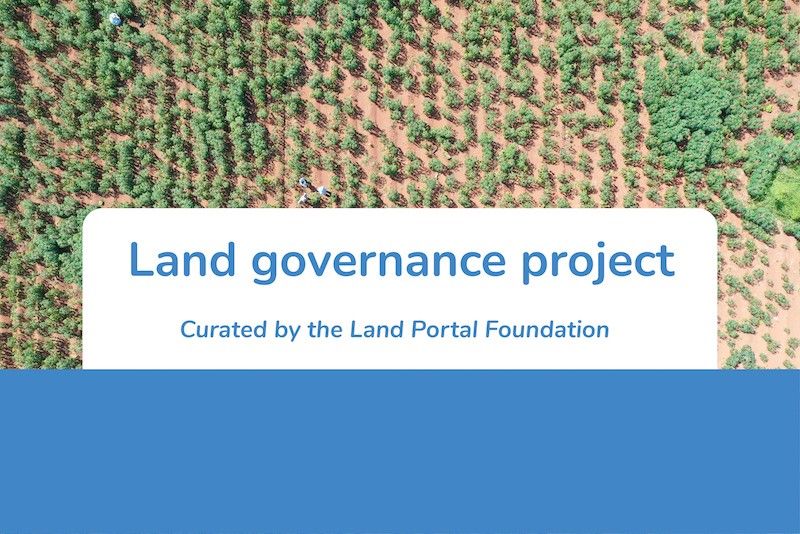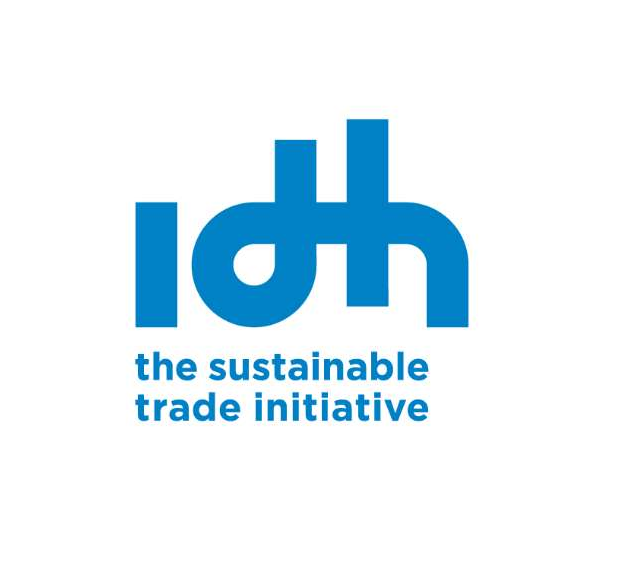Community / Land projects / Enhancing resilience of the most-at-risk individuals in Teso Region
Enhancing resilience of the most-at-risk individuals in Teso Region

€0
06/17 - 06/20
Completado
This project is part of
Implementing Organisations
Donors
Data Providers
General
Uganda Poverty Status Report (2016) states that although Uganda’s international extreme poverty rate fell by 2.7% points per year, the second fastest reduction in extreme poverty per year in Sub-Saharan Africa in the last 10 years; in 2013, more than a third of its citizens still lived below the international extreme poverty line of US$1.90 a day. Agriculture is the most important sector of the Ugandan economy employing over 80% of the labour force and contributing 23.1% to the GDP. Agricultural production in Uganda is mainly dominated by smallholder farmers engaged in food crops, forestry, horticulture, fishing, and livestock farming. However, agricultural productivity is affected : extreme weather variability, high costs of inputs, poor production and soil management techniques, limited extension services, over-dependency on rain-fed agriculture, limited markets, land tenure challenges and limited adoption of technology and innovation. Teso sub region is in the recovery stage after decades of conflict that devastated the livelihoods of between 60%-70% of the population as a result of displacement. The target sub counties for this project are characterized by high poverty levels that are manifested by the high-risk agricultural practices, insufficiency of income to meet basic human needs, low purchasing power, low savings and consequently low investment leading to low standards of living.
Objectives
Overall Objective: Enhanced Resilient Livelihoods of 500 most at risk households in Teso Sub-region of North Eastern Uganda Specific objectives: 1. To increase climate-smart food crop production among 500 households in 3 target districts 2. To reduce post harvest losses among 500 households in 3 target districts 3. To increase access to affordable finance among 500 households in 3 target districts
Target Groups
Direct beneficiaries: 500 most at risk households Indirect beneficiaries: 2500



